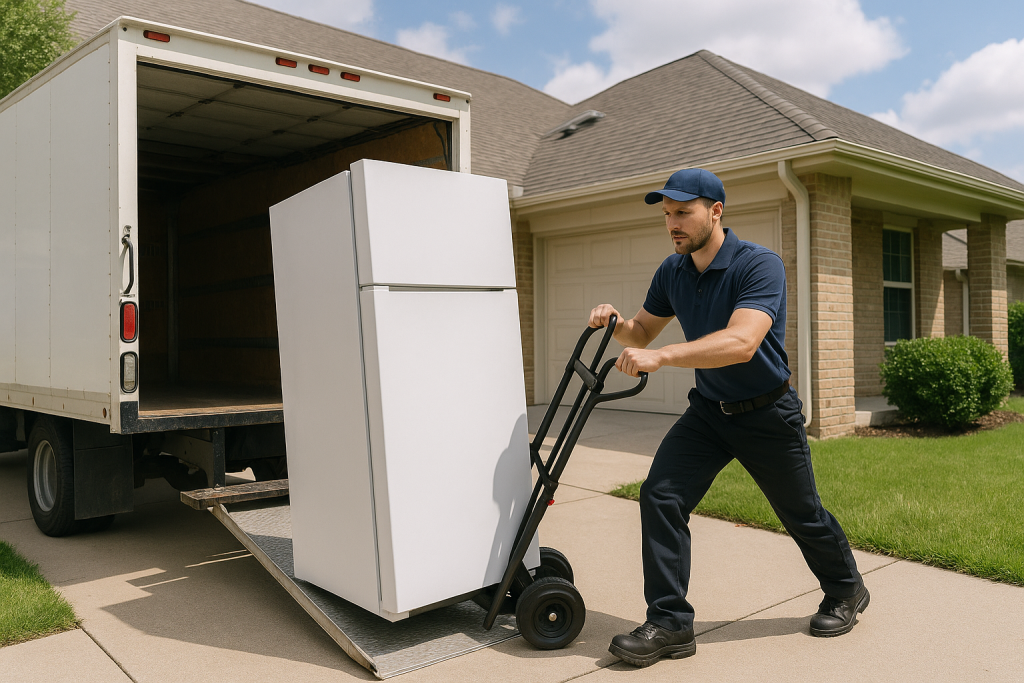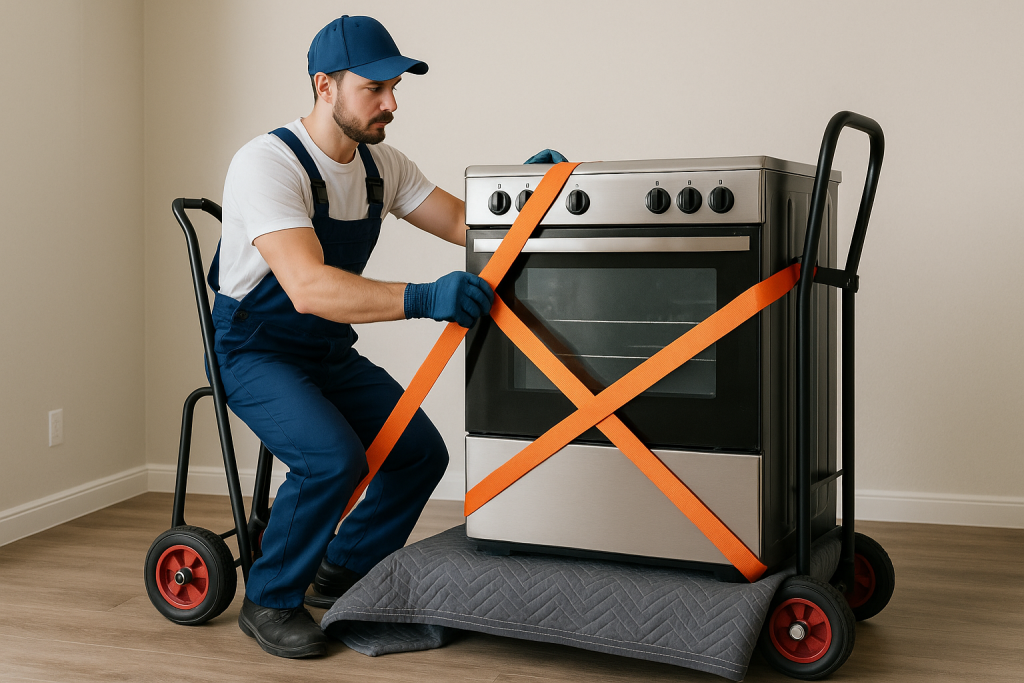
Many people searching for a psychiatrist assume the role is limited to prescribing medication. In reality, psychiatrists near me offer far more comprehensive psychiatric services designed to support long term mental health, stability, and overall health. Modern psychiatry focuses on diagnosis and treatment planning, therapy coordination, and ongoing clinical support that addresses a wide range of mental health conditions across diverse age groups.
Understanding the full scope of psychiatric care can help patients feel more informed, supported, and confident when scheduling their first appointment.
Comprehensive Psychiatric Evaluations
A psychiatrist begins care with a thorough psychiatric evaluation. This process examines emotional, behavioral, biological, psychological, and social factors that influence mental illness. Evaluations are designed to identify root causes rather than focusing on a single symptom.
During an evaluation, the psychiatrist may assess:
- Mental health history and current symptoms
- Medical conditions and medication use
- Family history of mental illness or dementia
- Substance use or substance use disorder concerns
- Stressors related to work, relationships, or life changes
This diagnostic process supports accurate diagnosis and treatment. It allows psychiatrists to identify conditions such as anxiety, depression, bipolar disorder, PTSD, ADHD, and other psychiatric disorders with clinical precision.
Personalized Treatment Planning
After diagnosis, psychiatrists develop a personalized treatment plan tailored to the patient’s needs, preferences, and goals. Treatment planning is not one size fits all. It is built around the patient’s health history, lifestyle, and desired outcomes.
Treatment options may include:
- Medication management when appropriate
- Therapy coordination with a psychologist or therapist
- TMS for treatment resistant depression
- Ketamine or esketamine Spravato for specific clinical cases
- Lifestyle and behavioral recommendations
Plans evolve over time. As symptoms improve or change, psychiatrists adjust care to ensure continued progress and safety.
Therapy Coordination and Referrals
While psychiatrists specialize in medical and psychiatric treatment, they frequently collaborate with therapists, psychologists, and other mental health providers. This team based approach ensures the patient receives comprehensive mental health care.
Psychiatrists near me help patients find therapy that aligns with their needs, whether that includes:
- Cognitive behavioral therapy
- Trauma informed therapy for PTSD
- Substance use or substance abuse counseling
- Outpatient therapy support
Coordinated care improves outcomes and helps patients feel comfortable and supported throughout their treatment journey.
Ongoing Monitoring and Adjustments
Psychiatric care does not end after diagnosis or the first visit. Ongoing monitoring is a critical part of effective treatment. Regular follow up sessions allow the psychiatrist to evaluate progress, manage side effects, and adjust treatment as needed.
Monitoring focuses on:
- Symptom changes and severity
- Medication effectiveness and tolerance
- Patient feedback and clinical observation
- Safety, privacy, and long term stability
This ongoing relationship helps patients manage mental health conditions with confidence and continuity.
Conditions Commonly Treated by Psychiatrists
Psychiatrists treat a wide range of psychiatric and psychological conditions, including:
- Anxiety disorders and panic attacks
- Depression and mood disorders
- Bipolar disorder
- PTSD and trauma related conditions
- ADHD across multiple age groups
- Schizophrenia and psychotic disorders
- Grief, loss, and adjustment disorders
- Dementia related behavioral symptoms
Each condition requires a tailored approach that balances medication, therapy, and supportive care.
Holistic Mental Health Support
Psychiatrists view mental health as an essential part of overall health. Holistic psychiatry considers how sleep, stress, nutrition, lifestyle, and substance use impact mental wellness.
Support may include discussions around:
- Sleep hygiene and daily routines
- Stress management techniques
- Substance use and recovery support
- Psychological and emotional resilience
This comprehensive perspective allows psychiatrists to offer care that supports the whole patient, not just the diagnosis.
In Person and Virtual Psychiatry Options
Many psychiatry practices now offer both in person care and virtual care through telehealth. Online psychiatry provides convenience, privacy, and accessibility for patients who prefer remote sessions or have scheduling challenges.
Virtual care may be ideal for:
- Follow up appointments
- Medication management sessions
- Patients seeking psychiatrists near their location
- Clients with busy schedules
In person care remains available for those who prefer face to face visits or require hands on evaluation.
Insurance, Accessibility, and Administrative Support
A key concern when finding the right psychiatrist is insurance coverage. Many psychiatry services are covered by insurance, including in network insurance plans. Practices often assist with administrative support to help patients understand coverage, benefits, and affordability.
Patients can expect help with:
- Insurance verification
- In network provider options
- Affordable self pay alternatives
- Appointment scheduling and follow ups
This support removes barriers to getting mental health care.
Finding the Right Psychiatrist
Choosing the right psychiatrist involves considering experience, license, clinical expertise, and communication style. Patients often look for providers who specialize in specific conditions and who personalize care based on individual preferences.
For additional guidance, you may find it helpful to explore resources like How to Find a Good Psychiatrist in NYC? which outlines key factors to consider when making your choice.
Begin Your Mental Health Care Journey With Confidence
If you are searching for psychiatrists near me who offer comprehensive evaluations, insurance friendly psychiatry services, and flexible virtual and in person care, Grand Central Psychiatry is here to help. Our experienced providers offer comprehensive diagnostic care, personalized treatment options, and supportive outpatient services designed to help clients feel comfortable and supported.
We offer a wide range of psychiatric services, respect privacy, and prioritize clinical excellence at every session. Many patients would highly recommend our team for our professionalism, convenience, and commitment to personalized mental health care.
Schedule your first appointment today and take the next step toward clarity, stability, and expert psychiatric support.

Grand Central Psychiatric
285 Lexington Ave Suite 2A, Office 9, New York, NY 10016
(646) 290-6366

















